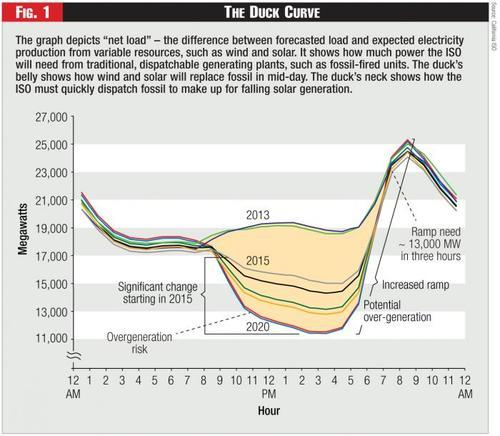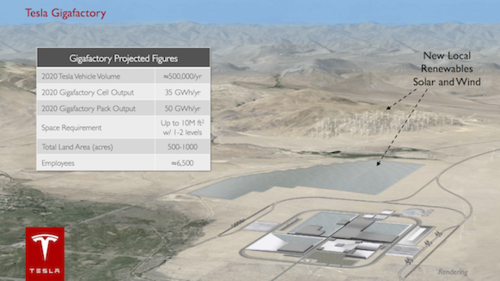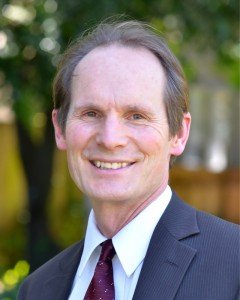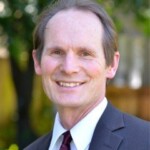I attended a symposium last week hosted by Joint Venture Silicon Valley on energy storage. As renewable energy becomes an increasingly significant part of California’s generation resources, storage will become critically important. Enough solar pv has been installed in the last few years to actually change the peak demand profile of the load in California. Three of the speakers at the symposium spoke about the duck curve (for more on the duck curve and possible solutions see Gridtechgrid), a graph that essentially documents the trend that with the rise of solar power production in California noon to afternoon are no longer a peak demand period. As we increase solar production there will even be a potential problem of over generation in the afternoon. Storage can help smooth this out and save the energy for the new peak demand time at about 9 pm.

Several speakers suggested that the prices of storage are coming down quickly enough that it already makes economic sense for many applications. Janice Lin, Director of California Energy Storage Alliance, explained that under AB 2514 the state set a target for 1.325GW of energy storage by 2020. She also mentioned that the state’s Self-Generation Incentive Program (SGIP) enabled by AB 412 provides financial incentives for the installation of clean and efficient distributed generation technologies. These incentives can cover up to 50% of the cost of an eligible storage installation and there is an annual statewide budget of $74.7 million through December 31, 2015.
The most important take away from the symposium for me was that we have to increase our capacity to store power hand in hand with our increase in renewable energy development and that there are many ancillary benefits to doing so.
For example, Matt Roberts the director of the Energy Storage Association pointed out that storage at utility scale or aggregated can help with frequency regulation. Frequency regulation refers to the alternating current (AC) frequency produced by numerous grid generators that must be kept within tight tolerance bounds for smooth and reliable power flow from the grid. This is often done by idling generators or firing up “peaker plants”. Roberts presented evidence that storage can accomplish this both faster and cheaper than starting up a plant. More on frequency regulation>
Vic Chao, the CEO of Green Charge Networks noted that demand charges are an increasingly significant part of commercial and industrial customer’s utility bills. Storage can help contain these costs by providing surplus power at key times when the customer’s consumption may spike and result in demand charges.
The keynote speaker, JB Straubel, Tesla’s CTO emphasized that the potential market for storage is huge. To give you a sense of scale, he explained that the new battery gigafactory Telsa will be building to supply batteries, employing approximately 6500 workers, will produce about 35 GigaWatts of storage capacity per year. He claims that this will just cover Tesla’s planned 2020 automobile production of 500,000 cars and some stationary storage to support SolarCity’s solar installations. It barely scratches the surface of the potential market. More About Tesla’s Battery Factory at Greentechgrid.

Unfortunately, the regulatory framework at the California Independent System Operator and the Public Utility Commission appear to be behind the market, still figuring out how to streamline new applications for utility scale storage.
There are already about 128 different solar businesses in California looking for market share. This is a dynamic sector of the economy that many of the symposium’s speakers compared to the solar industry ten years ago. Storage promises to create more cleantech jobs and help us build a more resilient and reliable energy system.
Barry Vesser

